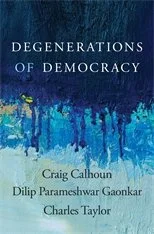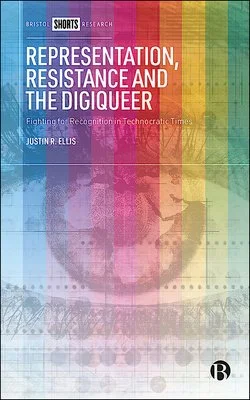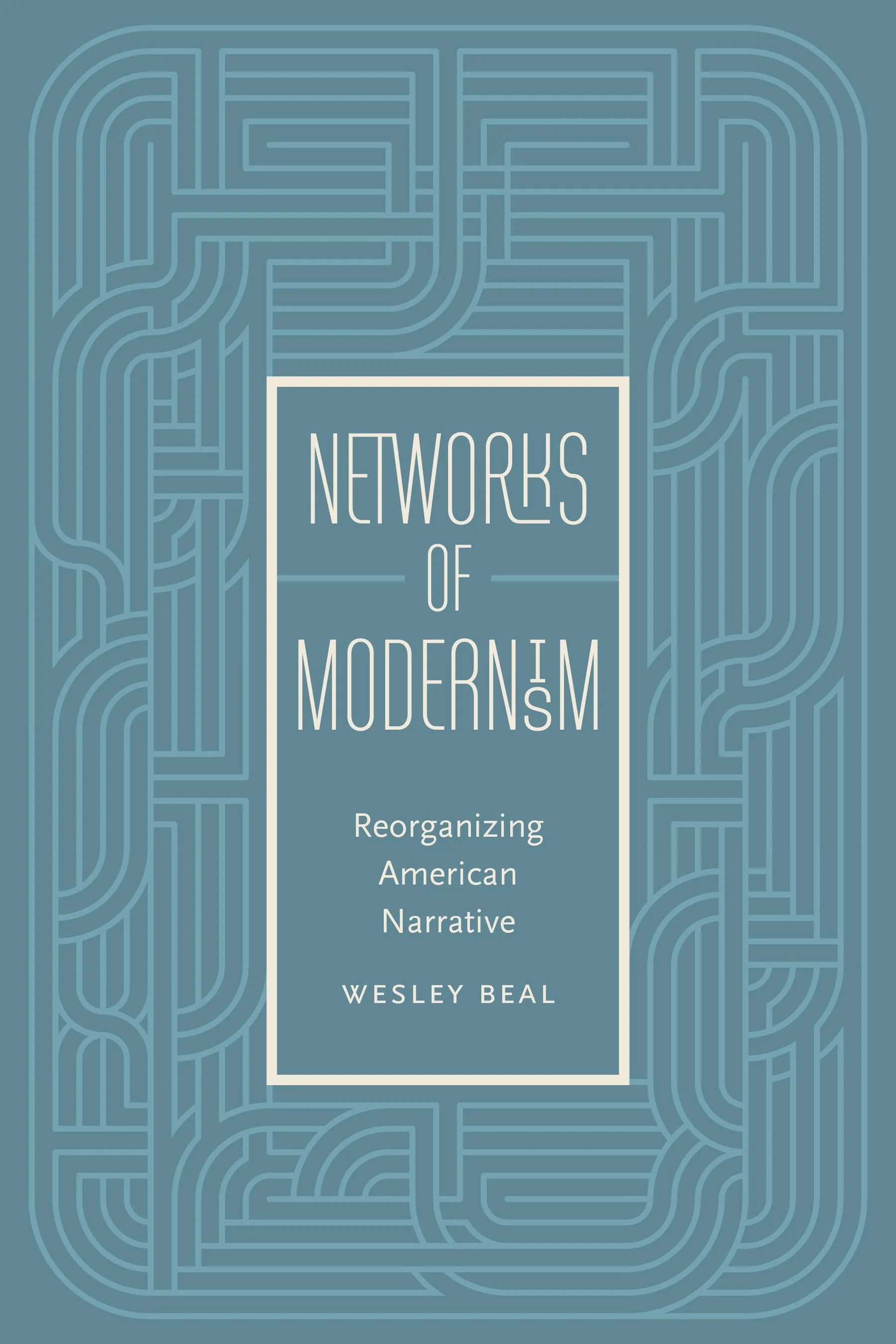Books by Pulaski Authors
Our board members, fellows, and contributors include professional and academic experts across a range of topics in politics, economics, business, and technology. Here are some selected publications you can read by our staff and volunteers.
-
From Routledge:
Drawing on the history of modern finance, as well as the sociology of money and risk, this book examines how cultural understandings of finance have contributed to the increased capitalization of the UK financial system following the Global Financial Crisis. Providing both a geographically-inflected analysis and re-appraisal of the concept of performativity, it demonstrates that financial risk management has a spatiality that helps to inform understandings and imaginaries of the risks associated with money and finance.
The book traces the development of understandings of risk at the Bank of England, with an analysis that spans some 1,000 reports, documents and speeches alongside elite interviews with past and present employees at the central bank. The author argues that the Bank has moved from a relatively broad-brush approach to the risks being managed in the financial sector, to a greater preoccupation with the understanding and mapping of the mobilization of financial risk.
The study of financial practices from a critical social sciences and humanities perspective has grown rapidly since the Global Financial Crisis and this book will be of interest to multiple subject areas including IPE, economic geography, sociology of finance and critical security studies.
-
From Eerdmans:Many American policy makers are squeamish about religion’s role in diplomacy. Nevertheless, religion plays a crucial and complex part in global affairs, such as in sustainable development, various human rights issues, and fomenting and mitigating conflict. Shaun A. Casey, the founding director of the US Department of State’s Office of Religion and Global Affairs, makes a compelling case for the necessity of understanding global religion in Chasing the Devil at Foggy Bottom.
In this fresh and provocative narrative, Casey writes frankly about his work integrating sophisticated, research-driven policy into the State Department under Secretary of State John Kerry. Their new strategy went beyond older paradigms that focused myopically on religious freedom or countering violent extremism. Such reductive approaches, Casey insists, cost thousands of lives and trillions of dollars in the US’s ill-fated invasion of Iraq in 2003. Witty and astute, Casey recounts his team’s challenges in DC politics as well as in the major global events of his tenure, including climate change, the rise of ISIL, and the refugee crisis.
On a global stage with higher stakes than ever, effective diplomacy is imperative. Yet in this critical moment, the United States’s reputation has faltered. Chasing the Devil at Foggy Bottom offers a path forward to better foreign policy.
-
From Harvard University Press:Three leading thinkers analyze the erosion of democracy’s social foundations and call for a movement to reduce inequality, strengthen inclusive solidarity, empower citizens, and reclaim pursuit of the public good.
Democracy is in trouble. Populism is a common scapegoat but not the root cause. More basic are social and economic transformations eroding the foundations of democracy, ruling elites trying to lock in their own privilege, and cultural perversions like making individualistic freedom the enemy of democracy’s other crucial ideals of equality and solidarity. In Degenerations of Democracy three of our most prominent intellectuals investigate democracy gone awry, locate our points of fracture, and suggest paths to democratic renewal.
In Charles Taylor’s phrase, democracy is a process, not an end state. Taylor documents creeping disempowerment of citizens, failures of inclusion, and widespread efforts to suppress democratic participation, and he calls for renewing community. Craig Calhoun explores the impact of disruption, inequality, and transformation in democracy’s social foundations. He reminds us that democracies depend on republican constitutions as well as popular will, and that solidarity and voice must be achieved at large scales as well as locally.
Taylor and Calhoun together examine how ideals like meritocracy and authenticity have become problems for equality and solidarity, the need for stronger articulation of the idea of public good, and the challenges of thinking “big” without always thinking “centralization.”
Dilip Parameshwar Gaonkar points out that even well-designed institutions will not integrate everyone, and inequality and precarity make matters worse. He calls for democracies to be prepared for violence and disorder at their margins—and to treat them with justice, not oppression.
The authors call for bold action building on projects like Black Lives Matter and the Green New Deal. Policy is not enough to save democracy; it will take movements.
-
Digital media technologies have enabled some LGBTQ+ individuals and communities to successfully organize for basic rights and justice. But these technologies can also present risks, such as online and in-person harassment and assault, and unsettled standards of privacy and consent. Justin Ellis provides new insights on LGBTQ+ identity formation through social media networks and platform biometrics. Drawing on debate over gender, procreation, religion, nationalism and tech-regulation, he considers the effects of surveillance technologies on LGBTQ+ agency. In doing so, he brings an interdisciplinary 'digiqueer' perspective to negotiations of LGBTQ+ identity through case studies of digital harms from case law, parliamentary debates, social and mainstream media and LGBTQ-tech advocacy.
-
From Palgrave MacMillan:The European Union (EU), while collectively constituting the world’s largest development provider, has come under internal and external pressures over the past decade. This book argues that the EU’s development policies are situated between the bloc’s normative ideals and the global geopolitical realities in which it is embedded. In order to investigate these tensions, it asks how far the 'normative power' Europe concept exists in EU development policies, and how far it is recognizable in the EU’s focus on human rights, the rule of law, and sustainability. In light of the tension in EU development policies between those ideals and the necessity to project neoliberal and geopolitical interests, how do receiving countries perceive the EU’s development efforts? This volume, complete with contributions from academics from a wide range of disciplines based all around the globe, provides answers to these essential questions.
-
From Iowa University Press:
Networks of Modernism offers a new understanding of American modernist aesthetics and introduces the idea that networks were central to how American moderns thought about their culture in their dramatically changing milieu. While conventional wisdom holds that the network rose to prominence in the 1980s and 1990s in the context of information technologies, digitization is only the most recent manifestation of networks in intellectual history. Crucial developments in modern America provide another archive of network discourses well before the advent of the digital age. The rise of the railroad recast the American landscape as an assortment of interconnected hubs. The advent of broadcast radio created a decentralized audience that was at once the medium’s strength and its weakness. The steady and intertwined advances of urbanization and immigration demanded the reconceptualization of community and ethnic identity to replace the failing “melting pot” metaphor for the nation. Indeed, the signal developments of the modern era eroded social stratification and reorganized American society in a nodal, decentralized, and interpenetrating form—what today we would label a “distributed” network that is fully flattened and holds no clustered centers of power.
In this ferment of social upheaval and technological change, the moderns found what we would today term “the network,” though they did not have the vocabulary for it that we do now, to be a versatile model for their aesthetic experiments in representing social space and social relations. Whether they used the figuration of the network as a kind of formal experiment to negotiate the tensions between dispersal and unity, fragment and totality, or took the network as a subject in itself, as seen when dealing with crowds or public spaces, the network was a way for writers and artists to conceptualize and explore their rapidly changing society. Through readings of the works of Randolph Bourne, Jean Toomer, Anita Loos, John Dos Passos, and Nathanael West, Networks of Modernism positions the network as the defining figure of American modernist aesthetics and explores its use as a conceptual tool used to think through the rapid changes in American society.
-
From Cambridge University Press:Americans today are affectively polarized: they dislike and distrust those from the opposing political party more than they did in the past, with damaging consequences for their democracy. This Element tests one strategy for ameliorating such animus: having ordinary Democrats and Republicans come together for cross-party political discussions. Building on intergroup contact theory, the authors argue that such discussions will mitigate partisan animosity. Using an original experiment, they find strong support for this hypothesis – affective polarization falls substantially among subjects who participate in heterogeneous discussion (relative to those who participate in either homogeneous political discussion or an apolitical control). This Element also provides evidence for several of the mechanisms underlying these effects, and shows that they persist for at least one week after the initial experiment. These findings have considerable importance for efforts to ameliorate animus in the mass public, and for understanding American politics more broadly.
-
From Routledge:
This book examines Zoombombing, the racist harassment and hate speech on Zoom.
While most accounts refer to Zoombombing as simply a new style or practice of online trolling and harassment in the wake of increased videoconferencing since the outbreak of COVID-19, this volume examines it as a specifically racialized and gendered phenomenon that targets Black people and communities with racialized and gendered harassment. Racist Zoombombing brings together histories of online racism and algorithmic warfare with in-depth interviews by Black users on their experiences. The book explains how Zoombombing is a form of racial violence, interrogates our ideas about online space and community, and challenges our notions of on and off line distinction between racial harassment of Black people and communities.
A vital resource for media, culture, and communication students and scholars that are interested in race, gender, digital media, and digital culture.







